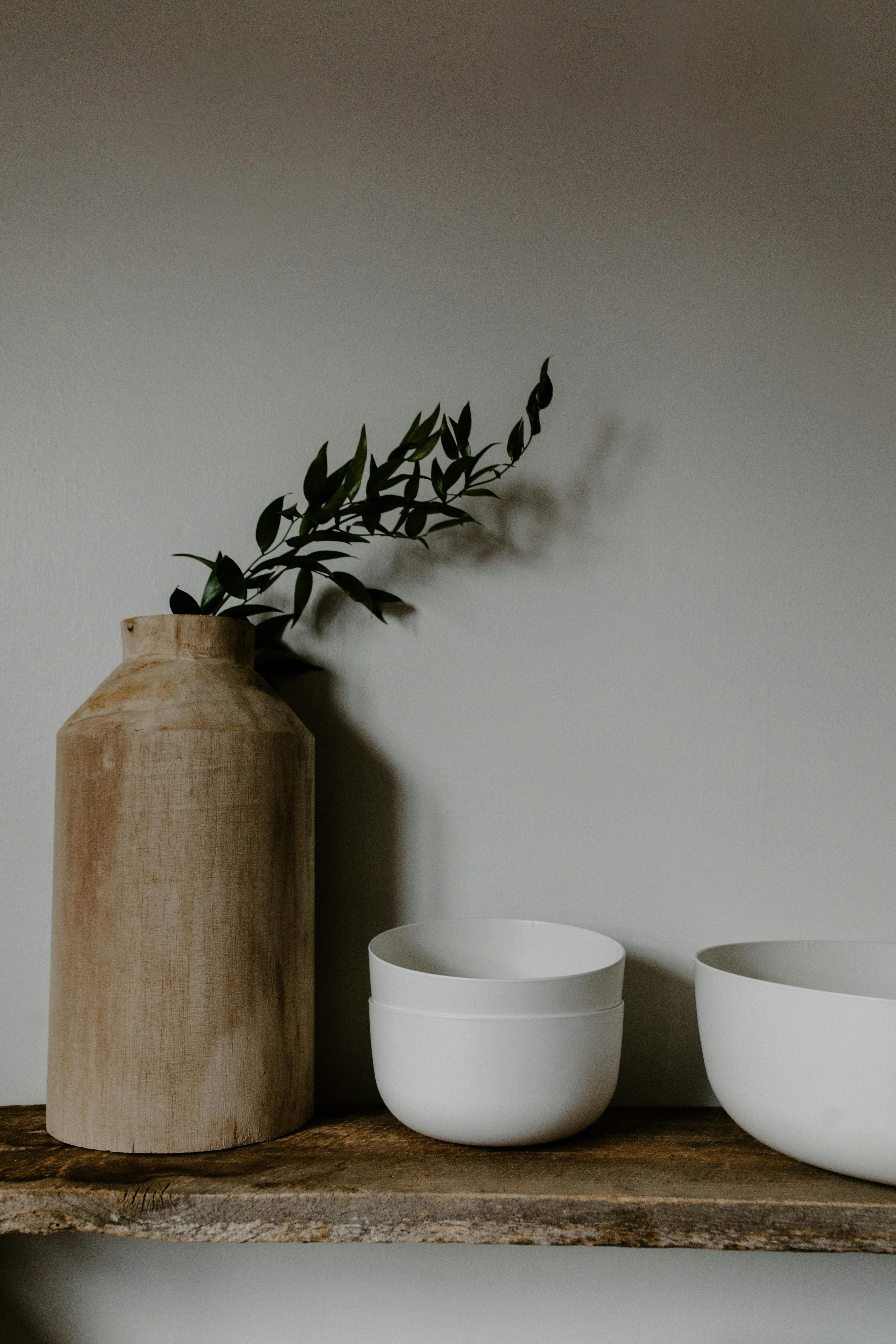Transforming Homes with Wabi-Sabi: The Art of Imperfect Beauty
In a world obsessed with perfection, a counter-movement is quietly revolutionizing interior design. Wabi-sabi, an ancient Japanese philosophy celebrating imperfection and transience, is making waves in Western homes. This design approach encourages us to find beauty in the flawed, the worn, and the natural, creating spaces that are both serene and profoundly personal.

Origins and Principles of Wabi-Sabi
Wabi-sabi has its roots in 16th century Japanese tea ceremonies, where simple, handmade items were prized over ornate, mass-produced ones. The term combines two concepts: wabi, referring to simplicity and humility, and sabi, which embraces the beauty of age and wear. Together, they form a worldview that finds profound beauty in the modest, imperfect, and ephemeral.
In the context of home design, wabi-sabi manifests as an appreciation for natural materials, handcrafted items, and spaces that evolve with time. It’s about creating environments that feel lived-in and loved, rather than showroom-perfect. This approach stands in stark contrast to the sleek, highly curated interiors that have dominated design trends in recent years.
Implementing Wabi-Sabi in Modern Homes
Incorporating wabi-sabi into your home doesn’t require a complete overhaul. Start by embracing imperfections in existing pieces – a chipped vase, a weathered wooden table, or a slightly misshapen handmade ceramic bowl. These items tell a story and add character to your space.
Natural materials play a crucial role in wabi-sabi design. Opt for raw wood, stone, and clay in furniture and decor. These materials age beautifully, developing a patina that adds to their charm over time. Textiles like linen, wool, and cotton in muted, earthy tones complement this aesthetic, providing warmth and texture without overwhelming the senses.
The Role of Emptiness and Simplicity
A key principle of wabi-sabi is the concept of ma, or negative space. In interior design, this translates to uncluttered rooms with carefully chosen pieces. Each item should serve a purpose or hold special meaning. This approach not only creates a sense of calm but also allows the beauty of individual objects to shine.
Simplicity in wabi-sabi doesn’t mean stark minimalism. Instead, it’s about creating a balance between function, aesthetics, and personal significance. A carefully curated bookshelf, a single branch in a simple vase, or a handwoven blanket draped over a chair – these elements add depth and interest without creating visual noise.
Embracing Impermanence in Design
Wabi-sabi acknowledges the transient nature of life, encouraging us to appreciate the present moment. In home design, this translates to spaces that evolve with the seasons and our changing needs. Consider rotating decor items seasonally, allowing your home to reflect the natural rhythms of the year.
This philosophy also encourages a more sustainable approach to decorating. Instead of constantly updating to follow trends, wabi-sabi invites us to cherish what we have, repair what’s broken, and find beauty in the aging process. This not only reduces waste but also creates a home environment that feels genuinely personal and lived-in.
The Psychological Benefits of Wabi-Sabi Interiors
Beyond aesthetics, wabi-sabi interiors can have profound effects on our well-being. In a world where we’re constantly bombarded with images of perfection, a home that embraces imperfection can be deeply comforting. It allows us to relax, to be ourselves, and to find beauty in the everyday.
Studies have shown that environments inspired by nature and simplicity can reduce stress and improve mental clarity. The muted color palettes and natural textures typical of wabi-sabi design create a sense of calm, while the emphasis on mindful curation encourages a more thoughtful relationship with our possessions.
Balancing Wabi-Sabi with Modern Living
While wabi-sabi has ancient roots, it’s remarkably adaptable to contemporary lifestyles. The key is to find a balance between this timeless philosophy and the practicalities of modern living. For instance, while a purely wabi-sabi approach might eschew technology, today’s homes can incorporate gadgets in a way that doesn’t disrupt the overall sense of serenity.
Consider hiding televisions behind sliding panels or opting for tech with minimalist designs. Smart home devices can be integrated subtly, allowing for convenience without compromising the aesthetic. The goal is to create a space that feels both grounded in tradition and suited to contemporary needs.
Wabi-Sabi in Different Rooms
Each room in the home offers unique opportunities to incorporate wabi-sabi principles. In the kitchen, open shelving displaying handmade pottery and well-used cooking tools can create a warm, lived-in feel. Bathrooms can become spa-like retreats with natural stone sinks, wooden bath mats, and plants that thrive in humid environments.
Bedrooms benefit greatly from the wabi-sabi approach. Soft, rumpled linen bedding, a weathered wooden headboard, and a few carefully chosen objects for contemplation can transform this space into a serene sanctuary. The living room, as the heart of the home, can showcase a mix of old and new, with vintage finds sitting comfortably alongside modern pieces.
The Future of Wabi-Sabi in Western Design
As our lives become increasingly digital and fast-paced, the appeal of wabi-sabi is likely to grow. This philosophy offers a much-needed antidote to the cult of perfection perpetuated by social media. It encourages us to slow down, to appreciate the beauty in everyday objects, and to create homes that are truly reflective of our lives and values.
Designers and homeowners alike are finding innovative ways to incorporate wabi-sabi principles into contemporary spaces. From adaptive reuse projects that celebrate the history of buildings to new construction that prioritizes natural materials and craftsmanship, wabi-sabi is leaving its mark on the future of design.
In embracing wabi-sabi, we’re not just changing how our homes look – we’re shifting our entire relationship with our living spaces. It’s about creating environments that nurture our souls, honor the passage of time, and remind us of the beauty inherent in life’s imperfections. As we move forward, the principles of wabi-sabi offer a timeless guide for creating homes that are not just beautiful, but deeply meaningful and restorative.





